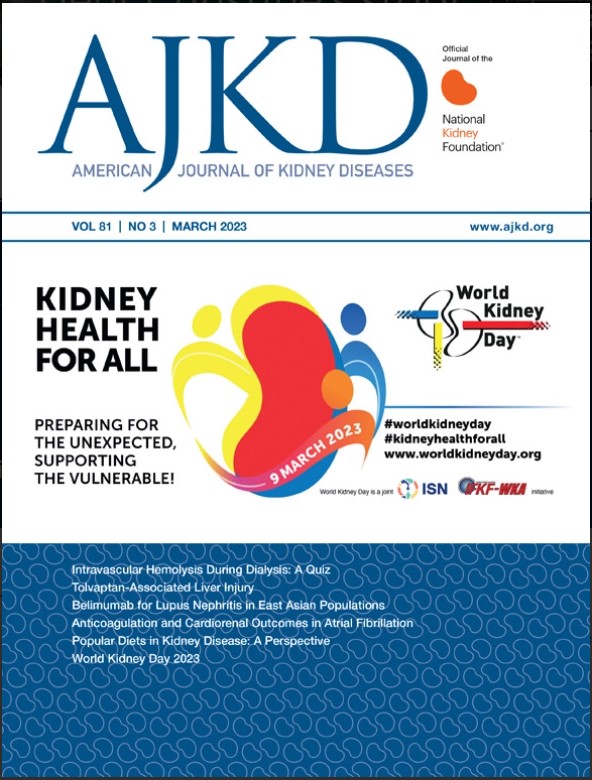CKD患者安全护理:核心课程2025。
IF 8.2
1区 医学
Q1 UROLOGY & NEPHROLOGY
引用次数: 0
摘要
近几十年来,医疗保健的质量和安全受到了密切关注。完全预防意外伤害仍然难以实现。由于慢性肾脏疾病的复杂性以及肾功能下降对诊断研究和治疗选择的影响,慢性肾脏疾病患者存在不良事件的风险。肾病学家必须了解患者安全原则和评估伤害或接近伤害事件的方法,并准备从调查中学习以做出改进。在进行性肾脏疾病的背景下,药物安全性尤其具有挑战性,由于糖尿病肾病和慢性肾脏疾病贫血等治疗方法的选择越来越广泛,安全性的范围也在增加。肾功能损害也会影响影像学和手术安全性。用于患者安全的技术应用正在不断发展,有望减少人为错误,并使患者成为护理的合作伙伴。在本核心课程中,我们将讨论维护慢性肾脏疾病患者安全的基本肾脏科医师能力。本文章由计算机程序翻译,如有差异,请以英文原文为准。
Safe Patient Care in CKD: Core Curriculum 2025
Quality and safety in health care have garnered scrutiny in recent decades. Complete prevention of unintended harm remains elusive. Patients with chronic kidney disease are at risk for adverse events because of the complexity of this illness and the impact of declining kidney function on choices for diagnostic studies and therapies. Nephrologists must be knowledgeable about patient safety principles and methods for evaluating harm or near harm events and be prepared to learn from investigations to make improvements. Medication safety is particularly challenging in the context of progressive kidney disease, and safety has increased in scope due to the broader choices of therapeutics for such conditions as diabetic nephropathy and anemia of chronic kidney disease. Radiologic imaging and procedural safety are also influenced by impairment of kidney function. Technological applications for patient safety are evolving and hold promise for mitigating human error and engaging patients as partners in care. In this Core Curriculum, we address essential nephrologist competency for maintaining patient safety in chronic kidney disease.
求助全文
通过发布文献求助,成功后即可免费获取论文全文。
去求助
来源期刊

American Journal of Kidney Diseases
医学-泌尿学与肾脏学
CiteScore
20.40
自引率
2.30%
发文量
732
审稿时长
3-8 weeks
期刊介绍:
The American Journal of Kidney Diseases (AJKD), the National Kidney Foundation's official journal, is globally recognized for its leadership in clinical nephrology content. Monthly, AJKD publishes original investigations on kidney diseases, hypertension, dialysis therapies, and kidney transplantation. Rigorous peer-review, statistical scrutiny, and a structured format characterize the publication process. Each issue includes case reports unveiling new diseases and potential therapeutic strategies.
 求助内容:
求助内容: 应助结果提醒方式:
应助结果提醒方式:


